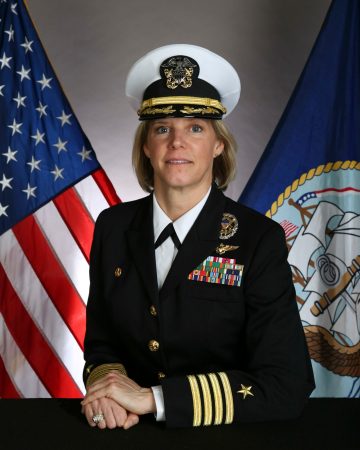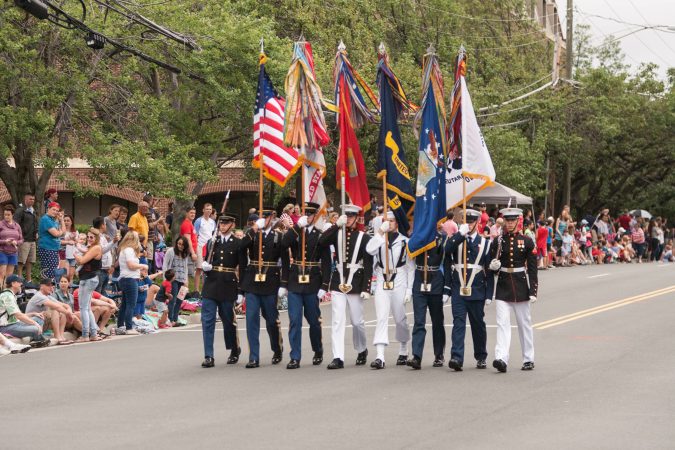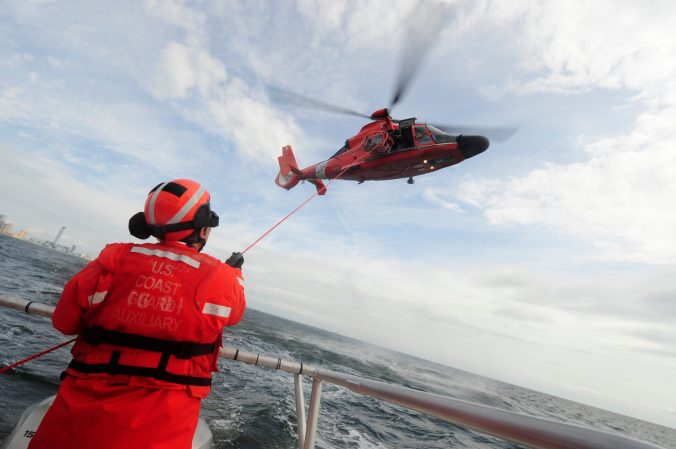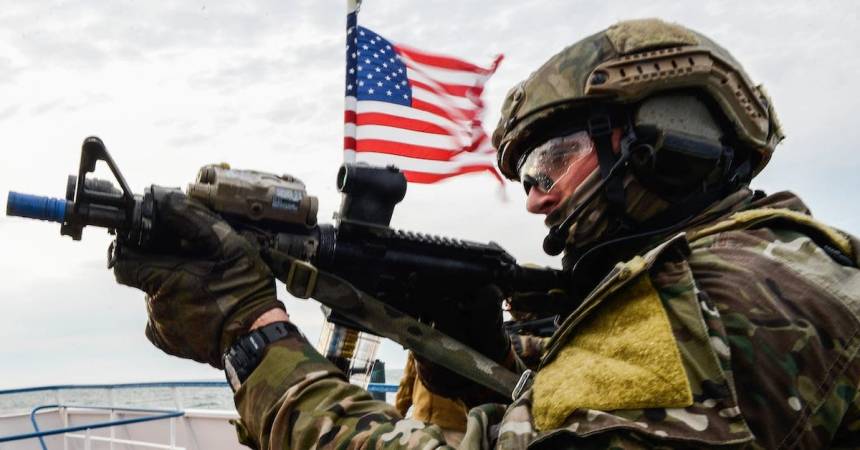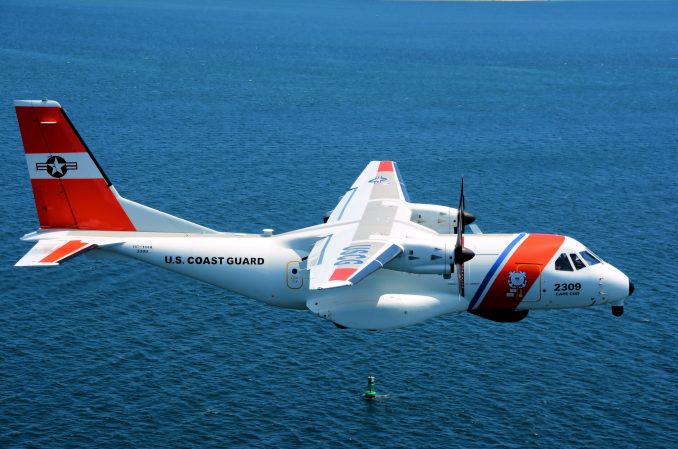
When people consider joining the military, many times they get confused about the differences between branches, especially when those branches have missions that, at a glance, seem similar. In the case of the Navy and the Coast Guard, they both have boats and airplanes and operate around the water. So how are they different?
Well, here are five major ways:
1. Size
The Navy has a $148 billion budget for Fiscal Year 15. The Navy has around 325,000 active service members and 107,000 reserve service members.
The Coast Guard has a $9.8 billion budget for fiscal year 2015. The Coast Guard has 43,000 active service members and 8,000 reserve service members. In terms of size, the U.S. Coast Guard by itself is the world’s 12th largest naval force.

(U.S. Navy photo by Photographer’s Mate Airman Apprentice Patrick Gearhiser)
2. Assets
The U.S. Navy has 272 deployable combat ships and more than 3,700 aircraft in active service (as of March 2015).
The Coast Guard operates nearly 200 cutters, defined as any vessel more than 65 feet long, and about 1,400 boats, defined as any vessel less than 65 feet long, which generally work near shore and on inland waterways. The service also has approximately 204 fixed and rotary wing aircraft that fly from 24 Coast Guard Air Stations throughout the contiguous United States, Alaska, Hawaii, and Puerto Rico.

3. Mission
The Navy is a warfighting force governed by Title 10 of the U.S. Code and is part of the Department of Defense. The mission of the U.S. Navy is to maintain, train, and equip combat-ready naval forces capable of winning wars, deterring aggression and maintaining freedom of the seas.
The Coast Guard is a maritime law enforcement and search and rescue entity governed by Title 14 of U.S. Code and is part of the department of homeland security. (Prior to 2004 it was part of the Department of Transportation.) However, under 14 U.S.C. § 3 as amended by section 211 of the Coast Guard and Maritime Transportation Act of 2006, upon the declaration of war and when Congress so directs in the declaration, or when the President directs, the Coast Guard operates under the Department of Defense as a service in the Department of the Navy.

4. Career
The Navy is organized into eight different warfare communities: Surface, Amphibious, Undersea, Air, Special Operations (SEALS), Expeditionary Warfare (EOD, Construction, Riverine), Cyber Warfare/Information Dominance, and Space. These communities offer a number of career options for those interested in driving and maintaining ships, airplanes, or submarines or fighting the nation’s bad guys in direct ways. The Navy also needs doctors and lawyers and supply types as well as a host of other support jobs that are both rewarding in uniform and sought after on the civilian side.
The Coast Guard’s 11 mission areas — ports, waterways, and coastal security; drug interdiction; aids to navigation; search and rescue; living marine resources; marine safety; defense readiness; migrant interdiction; marine environmental protection; ice operations; and other law enforcement — also give myriad career options to those interested in ships (albeit smaller ones) and airplanes. The main difference is the USCG’s overall mission is not to wage war but to enforce maritime law. That’s not to say that Coast Guardsmen aren’t ever involved in trigger-pulling – quite the contrary. In fact, those involved in mission areas like drug interdiction and other law enforcement operations are arguably more likely to use their weapons than the average fleet sailor.
Coast Guard aviation candidates go through the U.S. Navy’s flight school curriculum. (There have even been two USCG astronauts.)
Despite the fact the Coast Guard falls under DHS, members are subject to the Uniform Code of Military Justice and receive the same pay and allowances as members of the same pay grades in the other four armed services.

5. Duty stations
The U.S. Navy has bases worldwide and assignments are based primarily on warfare specialty. For instance, if you’re an aviator you’ll be based at an air station in places like San Diego or Virginia Beach as well as deployed aboard an aircraft carrier that can cruise anywhere around the world the situation demands.
Coast Guard has air stations for helicopter and other aircraft, boat stations for launching small boats, and sectors and districts to coordinate the activities of all those assets. Coast Guard stations are located at intervals along the coast of the continental US-based on the response time for search and rescue missions. Those same units also perform coastal security missions.





